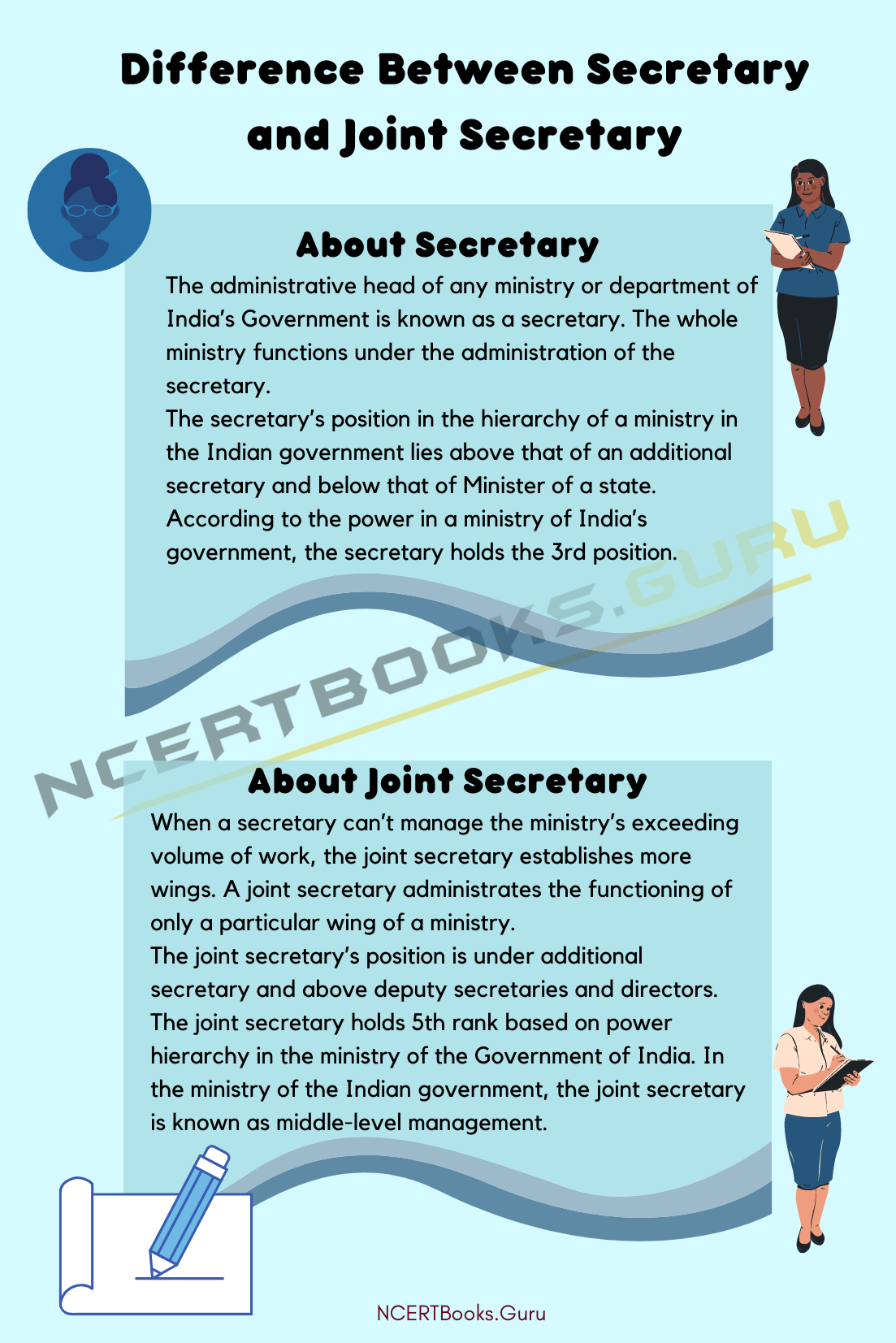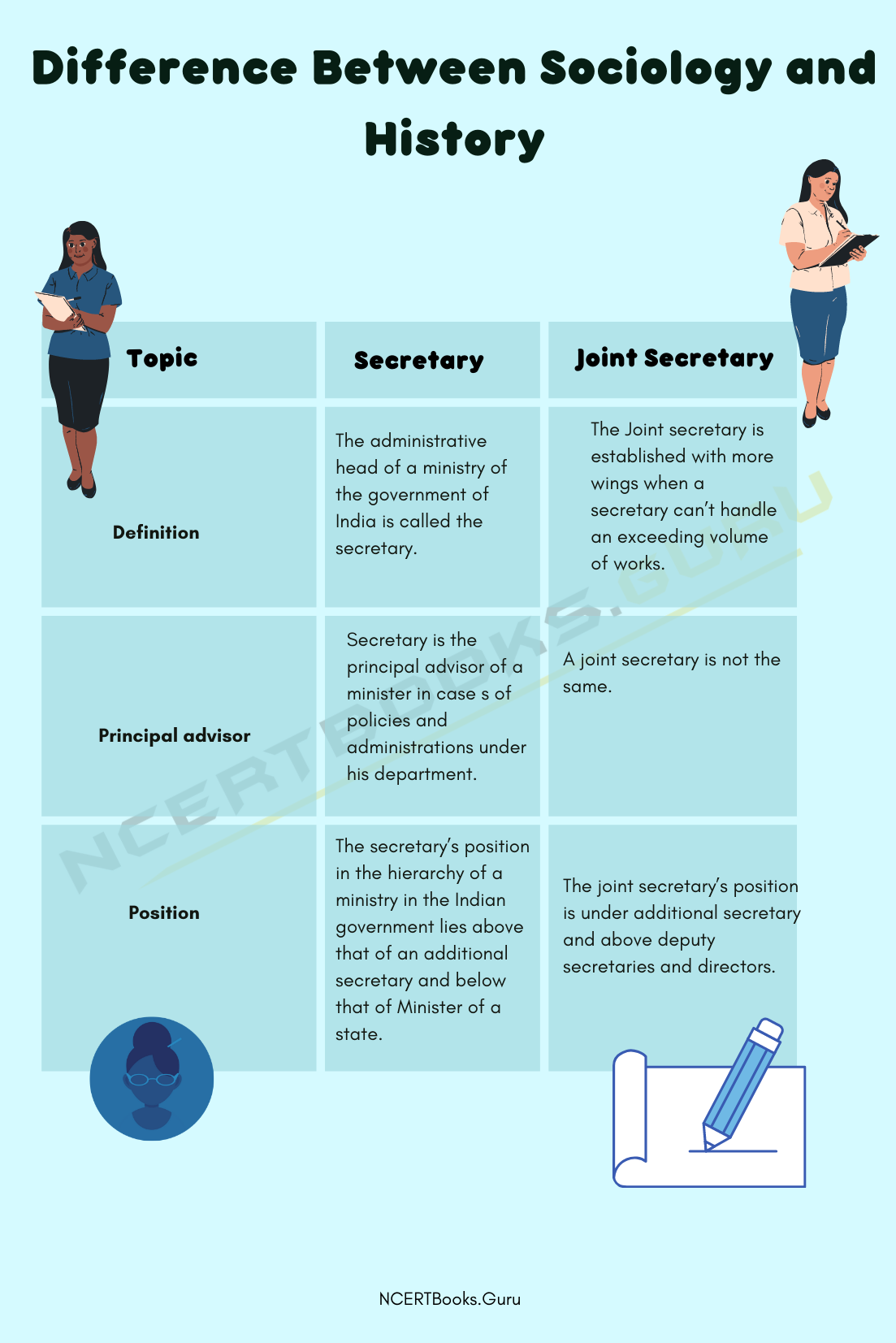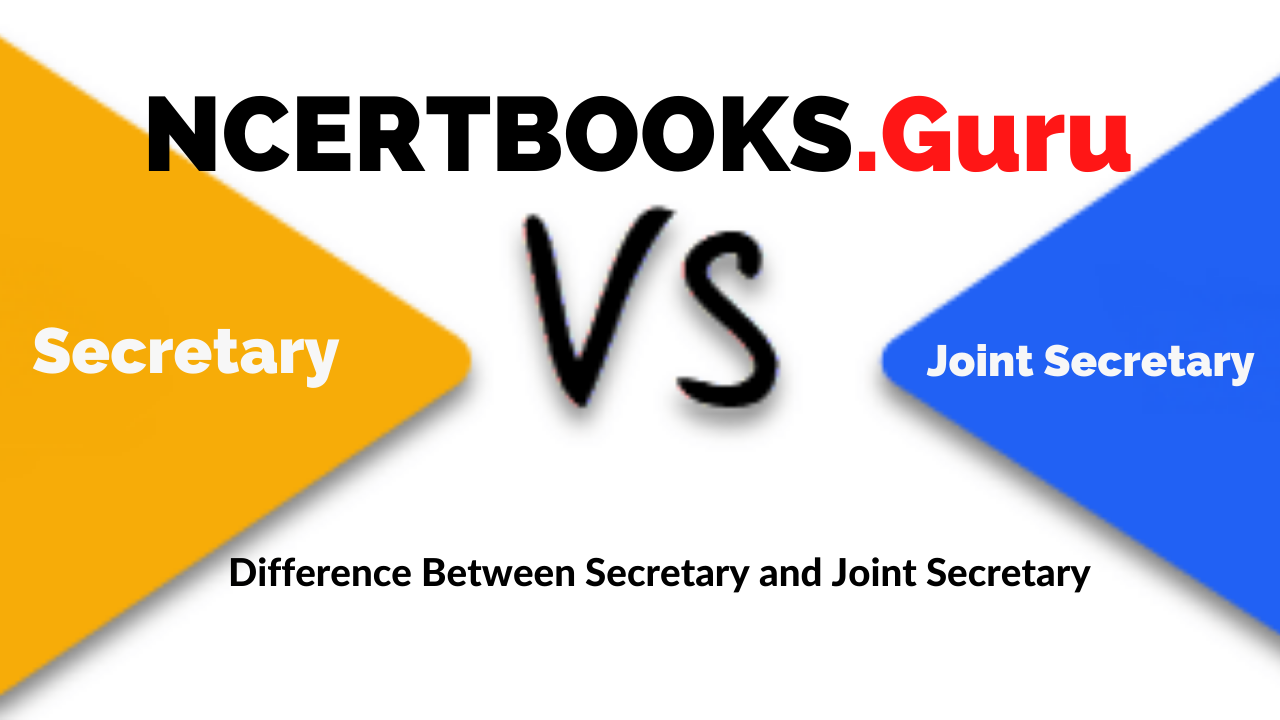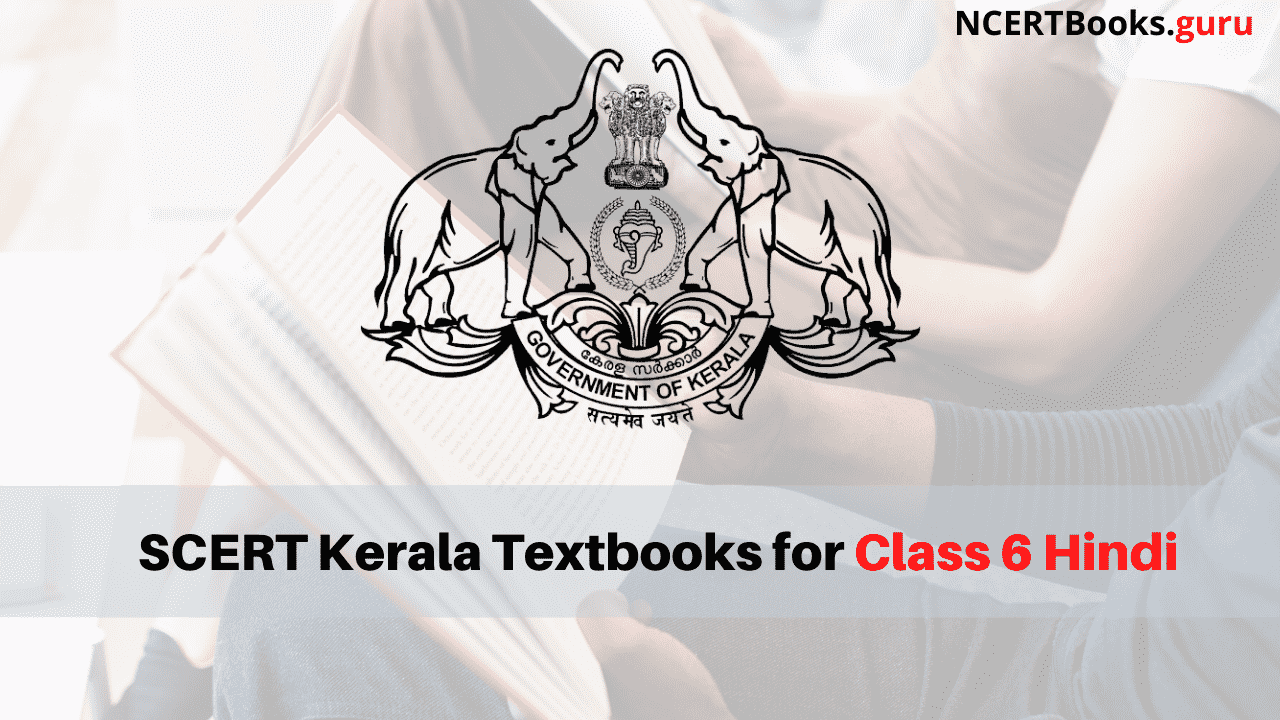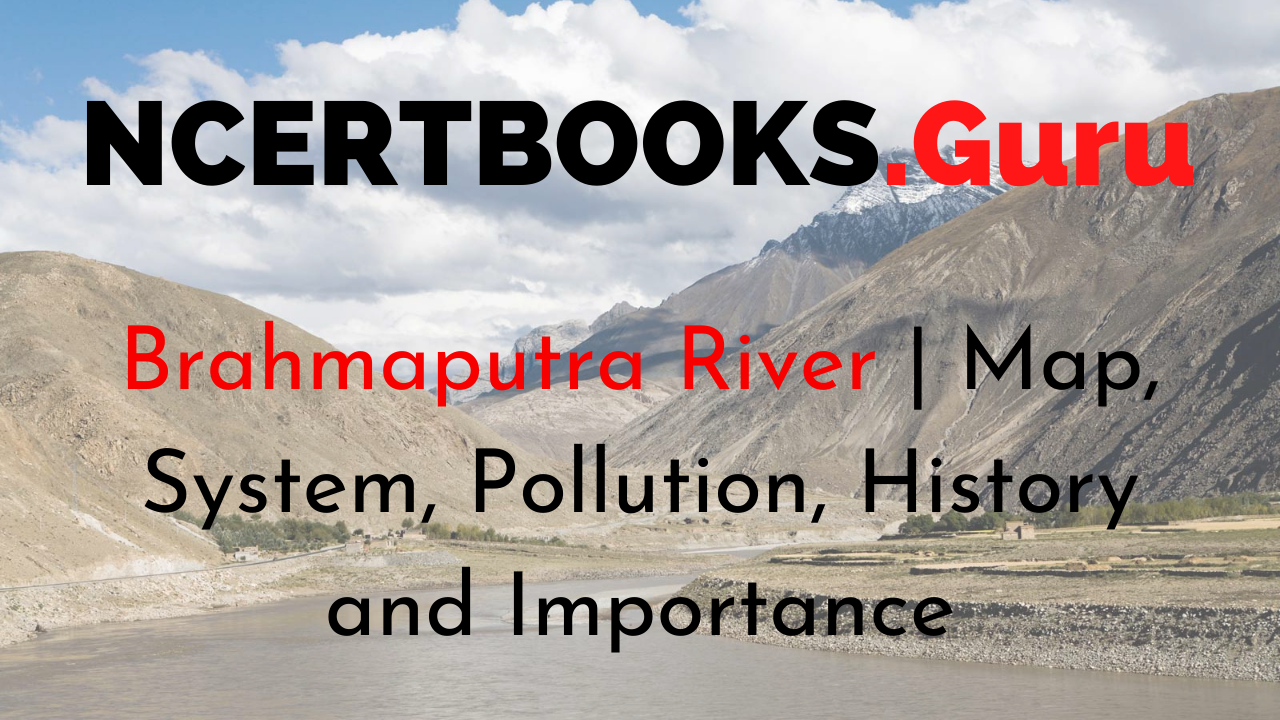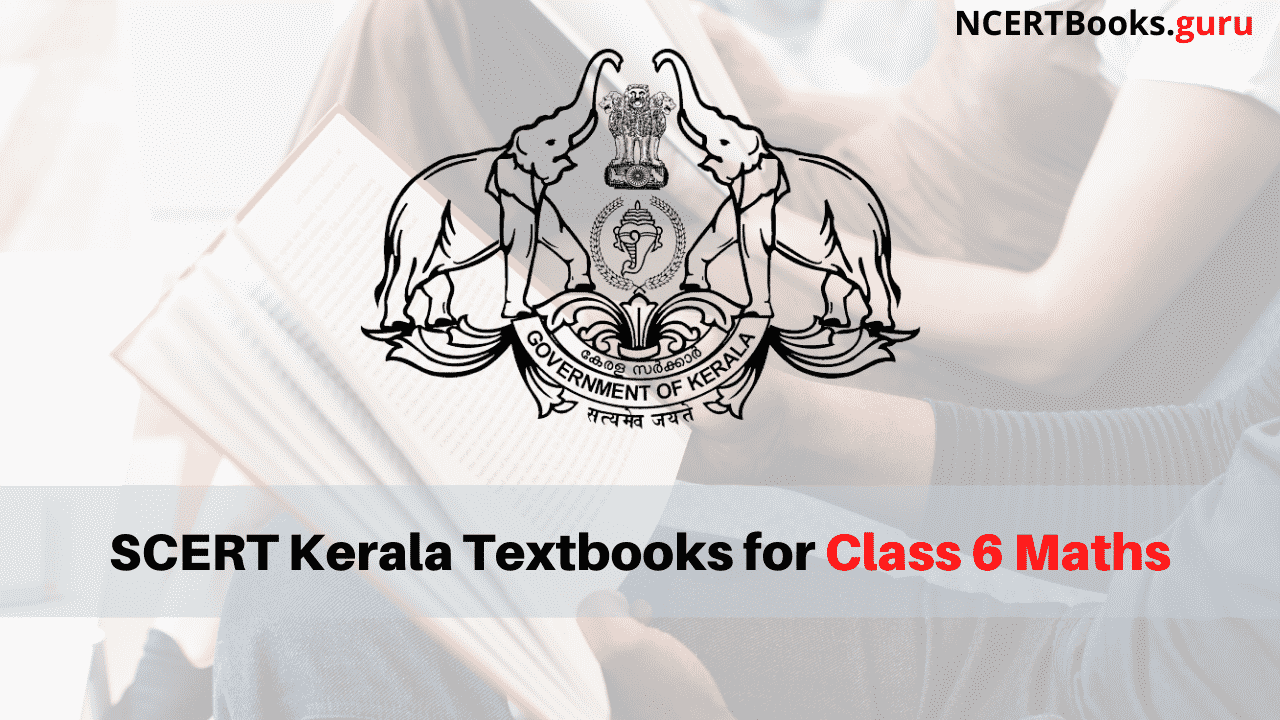Brahmaputra river is one of the largest rivers in Asia. This river flows through China, India, and Bangladesh. The river originates from the Tibetan area of China, flows through four countries, and finally reaches the Bay of Bengal. This river is an essential part of agriculture and fisheries for the population that lives on the banks of this river irrespective of country.
Top 10 Largest Rivers in India, you would also find the details about Indian River Systems and major rivers of India.
Brahmaputra River Details
| Origin |
Chemayungdung glacier in Tibetan China |
| Other Names |
Yarlung Tsangpo, Dihang, and Jamuna |
| Length |
2900 kilometres or 1800 miles |
| Average Depth |
38 meters or 124 feet |
| Average Water Flow |
19300 cubic meters per sec |
| Importance |
Irrigation, fisheries, tourism, transport, and hydroelectricity |
| Reason for pollution |
Oil spills and unplanned sewage disposal |
About Brahmaputra River
Brahmaputra river is one of the largest rivers in Southeast Asia that flows through three countries. This river originates from the Chemayungdung glacier in Tibetan China. After flowing through three countries of Asia, it ultimately merges with the Ganges river and mixes with the Bay of Bengal. This river has got different names in different places. The water level of this river changes a lot.
The banks of this river are prone to flooding. The river keeps its bank fertile. As a result, a variety of crops grow on the banks of the Brahmaputra river. World’s largest river island, Majuli is situated in this famous river. Brahmaputra river is well-known for bank erosion, channel shifting, and floods.
The reason behind this is its large tributaries which bring a large number of sediments and cause heavy rainfall. This is the largest river in India as per its volume. This river has a vast potential for hydroelectricity. Many dams are built on the Brahmaputra Basin because of its potentiality in hydroelectricity.
Brahmaputra River History
Brahmaputra river was called Dyardanes and Oidanes in ancient Greek. Previously, the course of the lower part of this river was different and passed through Mymensingh and Jamalpur. There is still some water that flows through this course. It is called the Old Brahmaputra. The Brahmaputra changed its course in 1787 when the Tista river faced a heavy flood.
The origin of the Brahmaputra river was a mystery before the 19th century. The Europeans had found out its origin in the early 19th century. Three glaciers are considered to be the origin of the Brahmaputra river. Kubi is regarded as its source based on its water discharge. However, Chemayungdung is believed to be its origin in terms of length.
Furthermore, Angshi Glacier is also considered to be this river’s origin based on the analysis of satellite images. The river has received a large number of tributaries in its long journey through the Assam valley. Some of its famous tributaries on the left bank are Dihing, Burhi, Dhansari, and Kalang. Manas, Kameng, Sankosh, and Subansiri are also famous tributaries of Brahmaputra river situated on the right bank.
Brahmaputra River Map
This river has its origin in southwest Tibet. The overall length of this river is approximately 2900 kilometres or 1800 miles. This river is a significant source of water supply and shipping. The average depth of this river is 38 meters or 124 feet. The utmost depth of this river is 120 meters or 380 feet.
This river joins the Ganges river in Bangladesh and divides itself into two rivers (Padma and Meghna). Though the river keeps its banks fertile, it has some devastating effects as well. The river becomes prone to disasters in Spring when the snow dissolves in the Himalayas.
The average flow of the Brahmaputra river is 19300 cubic meters per sec. Brahmaputra river displays tidal bore, which can cause dangerous turbulence in the water by suddenly increasing the level of the water. The water of Brahmaputra is mainly used by India, China, and Bangladesh. These three countries have plans to launch hydroelectricity projects on the Brahmaputra river.
Brahmaputra River System
Brahmaputra river system is one of the largest in Southeast Asia. The total area of this river system is 3848 kilometres. Brahmaputra river flows towards the east in India (south and southwest) and Tibet. It covers approximately 2900 kilometres of distance out of which 1700 kilometres is in Tibet, 900 kilometres is in India, and 300 kilometres is in Bangladesh.
Brahmaputra river is flooded by the glaciers and a large number of tributaries. It covers nearly 1200 kilometres towards the east in a flat and dry region of southern Tibet. In Bangladesh, the river is called Jamuna and is joined by the Tista river on its right bank. Brahmaputra river ultimately joins the Bay of Bengal.
Brahmaputra River Pollution
The Brahmaputra river is the source of life for approximately 625 million people in India, China, and Bangladesh. However, the insensitive actions of humans have polluted this river. Two significant sources of pollution in the Brahmaputra river are oil spills and unplanned sewage disposal. Oil is hazardous for aquatic life. It is because oil doesn’t dissolve in water, creates a thick layer on water’s surface, and blocks the oxygen.
As a result, the aquatic lives get deprived of oxygen which is essential for their lives. Brahmaputra river has been the victim of more than two hundred oil spills till now. These oil spill incidents had left a severe effect on the Brahmaputra river’s ecosystem. A large number of households, especially in Assam had drainage lines directly connected to the Brahmaputra river.
The increasing population of Assam has become a burden on the Brahmaputra river. India blames China for polluting the Brahmaputra river through its construction garbage. However, this accusation is not yet proved and a controversial topic. A massive number of water species had been suffering because of this pollution. Being part of the food chain, wildlife had been surviving its effect as well.
Brahmaputra River Importance
Brahmaputra river keeps its fertile. As a result, the people who live beside its bank use this river to meet their livelihood. The river helps in irrigation and fisheries. This river is also an essential part of the transport system. From 2013 to 2014, the total number of passengers transported through the Brahmaputra river was seventy lakhs, and the total amount of goods transported was approximately 3 lakh metric tons.
There are ten ports or ferry ghats built on the Brahmaputra river in five famous districts of Assam. The transport system had created employment for approximately five thousand people in Assam. Multiple dams are built on the Brahmaputra river for water supply, irrigation, and hydroelectricity projects. Numerous tourist spots are situated on the banks of the Brahmaputra river.
Cruise tourism on the Brahmaputra river is considered one of the most adventurous cruises in the world. Fish production in the Brahmaputra river generates good revenue in Assam. It is one of the largest rivers in southeast Asia. Both China and India get the benefits of irrigation, transport, and hydroelectricity from this river.
Short Essay on Brahmaputra River
The Brahmaputra river has originated from Tibetan China and ultimately fell into the Bay of Bengal. This river flows through three significant countries that are India, Bangladesh, and China. This river is also considered the largest river of India based on its volume of water. This river is approximately 1800 miles long. This river has different names in different places.
This river is home to millions of plants and animals. It also helps in irrigation and fisheries. This river is also used as an essential part of water transport in the three countries. A large number of passengers and goods are transported through the Brahmaputra river. Many popular tourist hotspots had been built upon the bank of the Brahmaputra river. The three countries have plans for hydroelectricity projects on the Brahmaputra river.
However, many insensitive actions of humans have polluted the river. Two significant sources of pollution in the Brahmaputra river are oil spills and unplanned sewage disposal. Many dams are built on the Brahmaputra river for water supply and hydroelectricity project. This river is well-known for bank erosion, channel shifting, and floods.
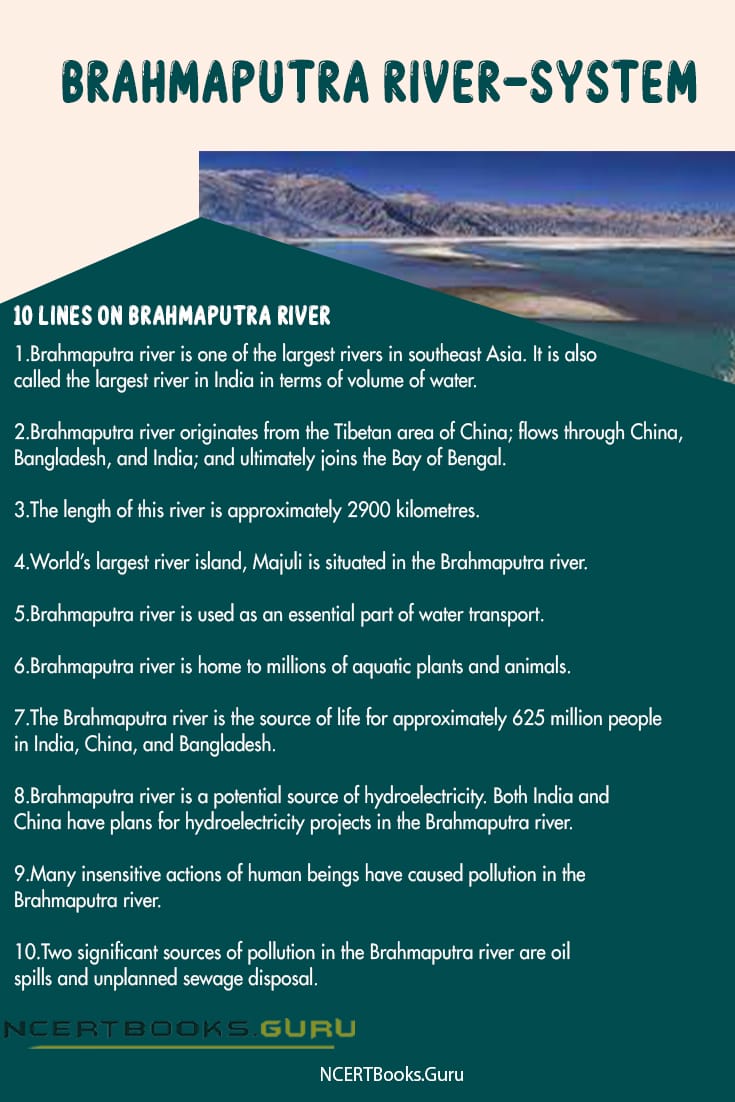
10 Lines on Brahmaputra River
- Brahmaputra river is one of the largest rivers in southeast Asia. It is also called the largest river in India in terms of volume of water.
- Brahmaputra river originates from the Tibetan area of China; flows through China, Bangladesh, and India; and ultimately joins the Bay of Bengal.
- The length of this river is approximately 2900 kilometres.
- World’s largest river island, Majuli is situated in the Brahmaputra river.
- Brahmaputra river is used as an essential part of water transport.
- Brahmaputra river is home to millions of aquatic plants and animals.
- The Brahmaputra river is the source of life for approximately 625 million people in India, China, and Bangladesh.
- Brahmaputra river is a potential source of hydroelectricity. Both India and China have plans for hydroelectricity projects in the Brahmaputra river.
- Many insensitive actions of human beings have caused pollution in the Brahmaputra river.
- Two significant sources of pollution in the Brahmaputra river are oil spills and unplanned sewage disposal.
FAQs on Brahmaputra River
Question 1.
What is the origin of the Brahmaputra river?
Answer:
Brahmaputra river originates from the Chemayungdung glacier in Tibetan China. After flowing through three countries of Asia, it ultimately merges with the Ganges river and mixes with the Bay of Bengal.
Question 2.
What is the length of the Brahmaputra river?
Answer:
The overall length of the Brahmaputra river is approximately 2900 km or 1800 miles.
Question 3.
What are the causes of pollution in the Brahmaputra river?
Answer:
Two significant sources of pollution in the Brahmaputra river are oil spills and unplanned sewage disposal.
Question 4.
Why are dams built on the Brahmaputra river?
Answer:
Multiple dams are built on the Brahmaputra river for water supply, irrigation, and hydroelectricity projects.
